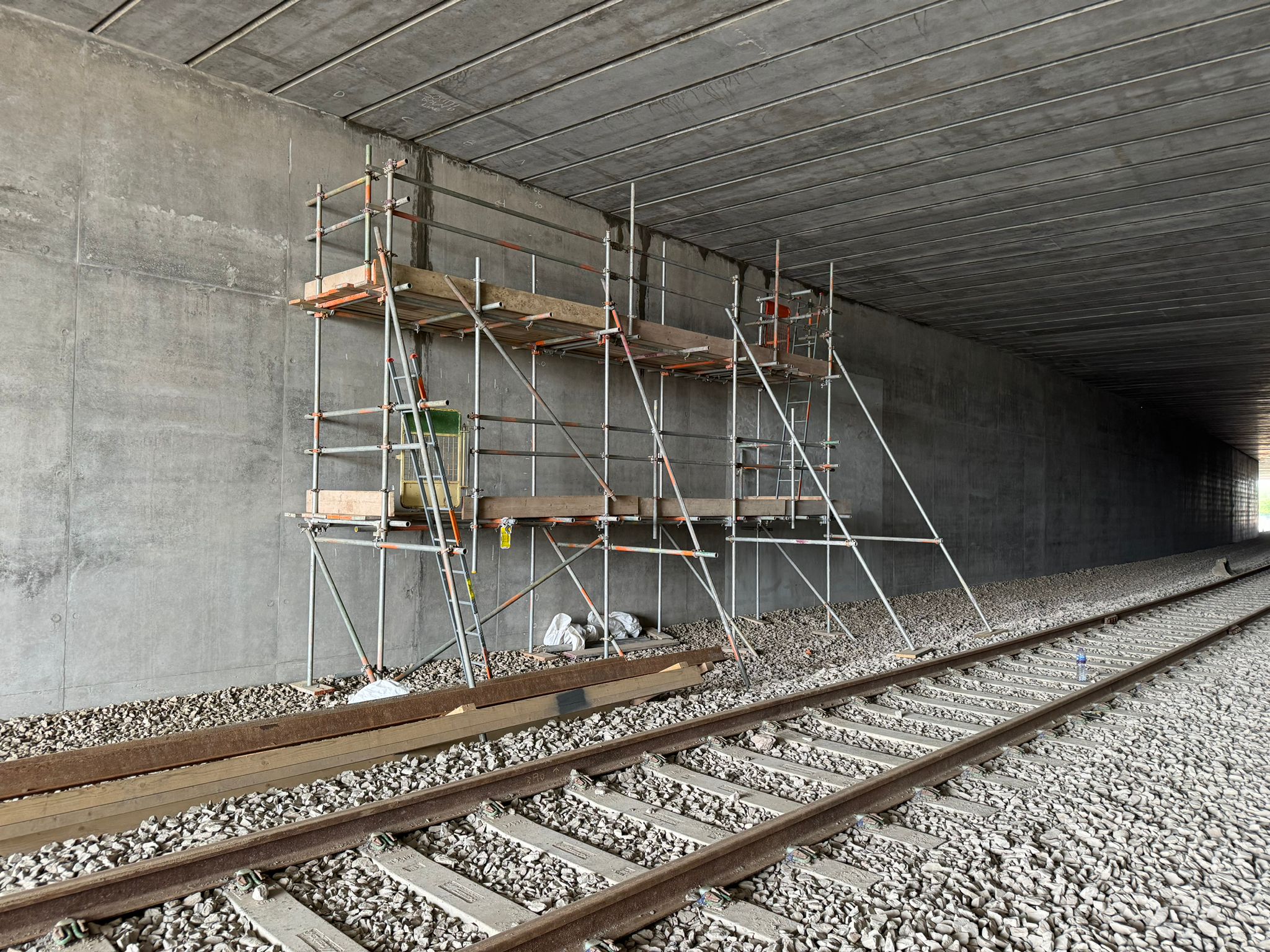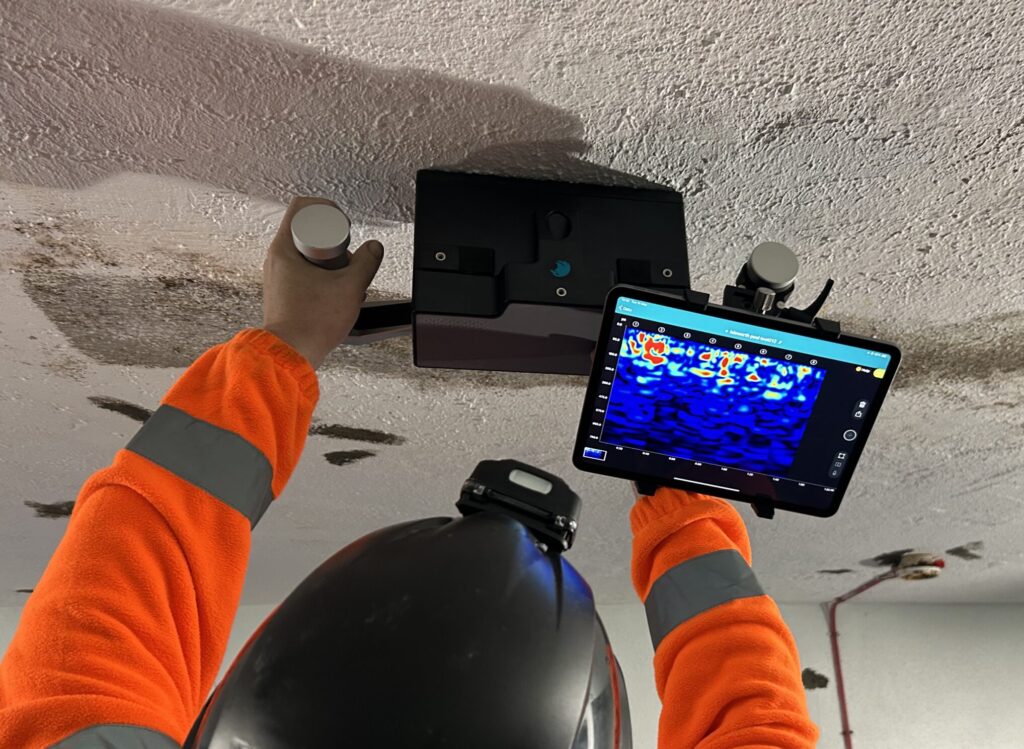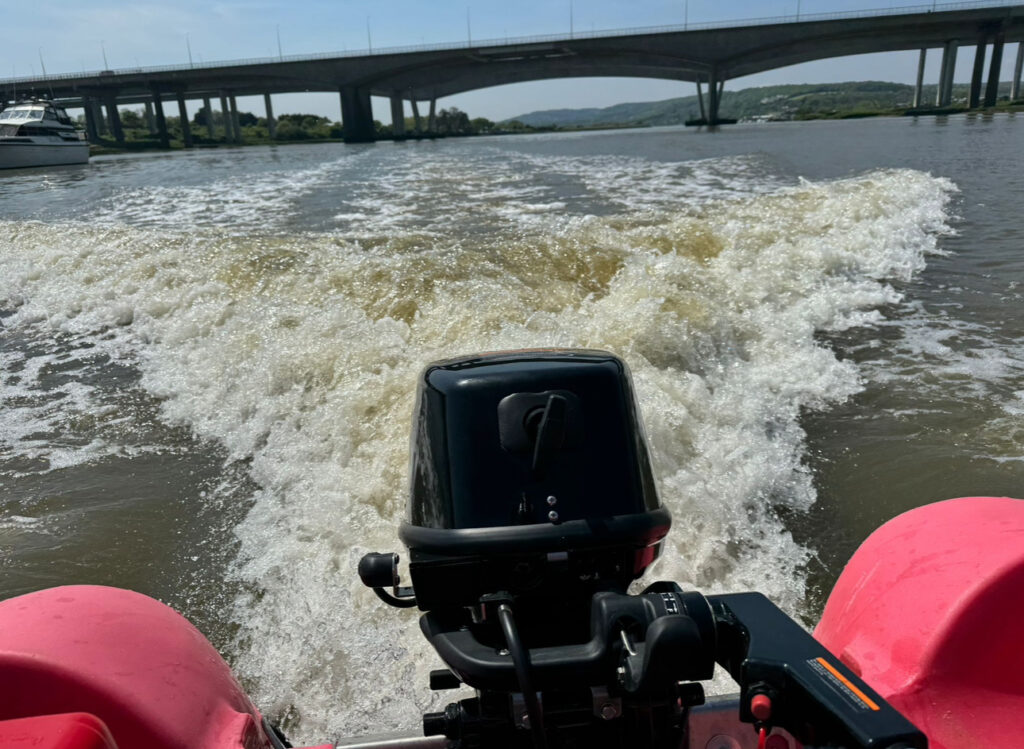
How to Ensure Structural Integrity?
Why is Structural Integrity important?
A recent meticulous structural assessment has been conducted by Structural Repair Solutions Ltd (SRS) to check the assets structural integrity.
This investigation focused on evaluating the condition of the steel piles and concrete cap, identifying potential issues, and determining the necessary repairs to ensure the long-term safety and stability of the structure.
Here we provide an overview of the findings, the sophisticated techniques used in the investigation, and the recommended remediation measures.
Background
In May 2024, an in-depth investigation of the sheet piles and concrete structures was commissioned.
Employing advanced non-destructive scanning technology, the primary objective was to detect voids, determine rebar presence, measure sheet pile thickness, and identify any deterioration or structural weaknesses.

Survey Techniques and Equipment
The survey was conducted using cutting-edge tools designed for high-resolution and precise scanning:
These instruments allowed for comprehensive non-destructive testing (NDT), enabling the detection of anomalies and structural issues without compromising the integrity of the materials.
The NDT methods are particularly valuable in maintaining the structural elements’ condition while accurately identifying problems.
Key Findings in the Structural Integrity report
1. Sheet Pile Corrosion:
Significant corrosion was detected in several areas.
Specifically, scan 8B indicated that corrosion had caused the sheet pile to expand, effectively doubling its thickness. Meanwhile, scan 13B revealed a split in the sheet pile due to advanced corrosion.
Originally, the sheet pile thickness was measured at 12mm, with acceptable variances typical of steelworks production.
2. Concrete Cap Damage:
Waterside: Substantial cracking was noted, primarily due to prolonged exposure to environmental elements. These cracks are a concern for water ingress and further structural degradation.
Bankside: An impact from a heavy vehicle had caused considerable cracking, extending approximately two metres behind the initial point of damage.
Further assessment is required once the obstructing foliage and pallets of bricks are removed.
Detailed Recommendations for Repair
Based on the comprehensive findings, SRS has proposed a robust remediation plan to address the identified issues:
1. Sheet Pile Bracing: Installation of a 12mm steel plate (measuring 1200mm x 600mm) welded to all 12 corroded piles, followed by a protective coating to prevent further corrosion.
2. Carbon Fibre Stitching and Structural Resin Injection: Implementing carbon fibre stitching in four critical locations and injecting structural resin to halt water ingress and mitigate further deterioration.
3. Concrete Remediation: Utilising carbon fibre reinforcement and microfine concrete to repair areas of vehicular damage, ensuring durability and resilience.
4. Post-Repair Scans: Conducting follow-up Ground Penetrating Radar (GPR) scans to verify the effectiveness and integrity of the repairs.
5. Soil Stabilisation: Addressing suspected ground erosion adjacent to the sheet piles, employing soil stabilisation techniques to enhance overall stability and prevent future subsidence.

Further Insights
The investigation highlights the importance of regular structural assessments and maintenance, particularly in environments exposed to harsh weather conditions and heavy usage.
Proactive measures and timely repairs are essential to extending the lifespan of critical infrastructure.
Moreover, the use of advanced non-destructive testing technologies demonstrates a significant advancement in how structural assessments are conducted.
These methods not only provide accurate and detailed data but also ensure that the structures remain unaltered during the inspection process.
How Structural Repairs help:
The thorough investigation and detailed repair plan are crucial steps in preserving the structural integrity of this vital site.
By leveraging cutting-edge scanning technology and implementing meticulous repair strategies, the responsible parties are committed to ensuring long-term safety and stability.
For detailed specifications and further inquiries, please contact Roger and the Team at [email protected] or use the contact form